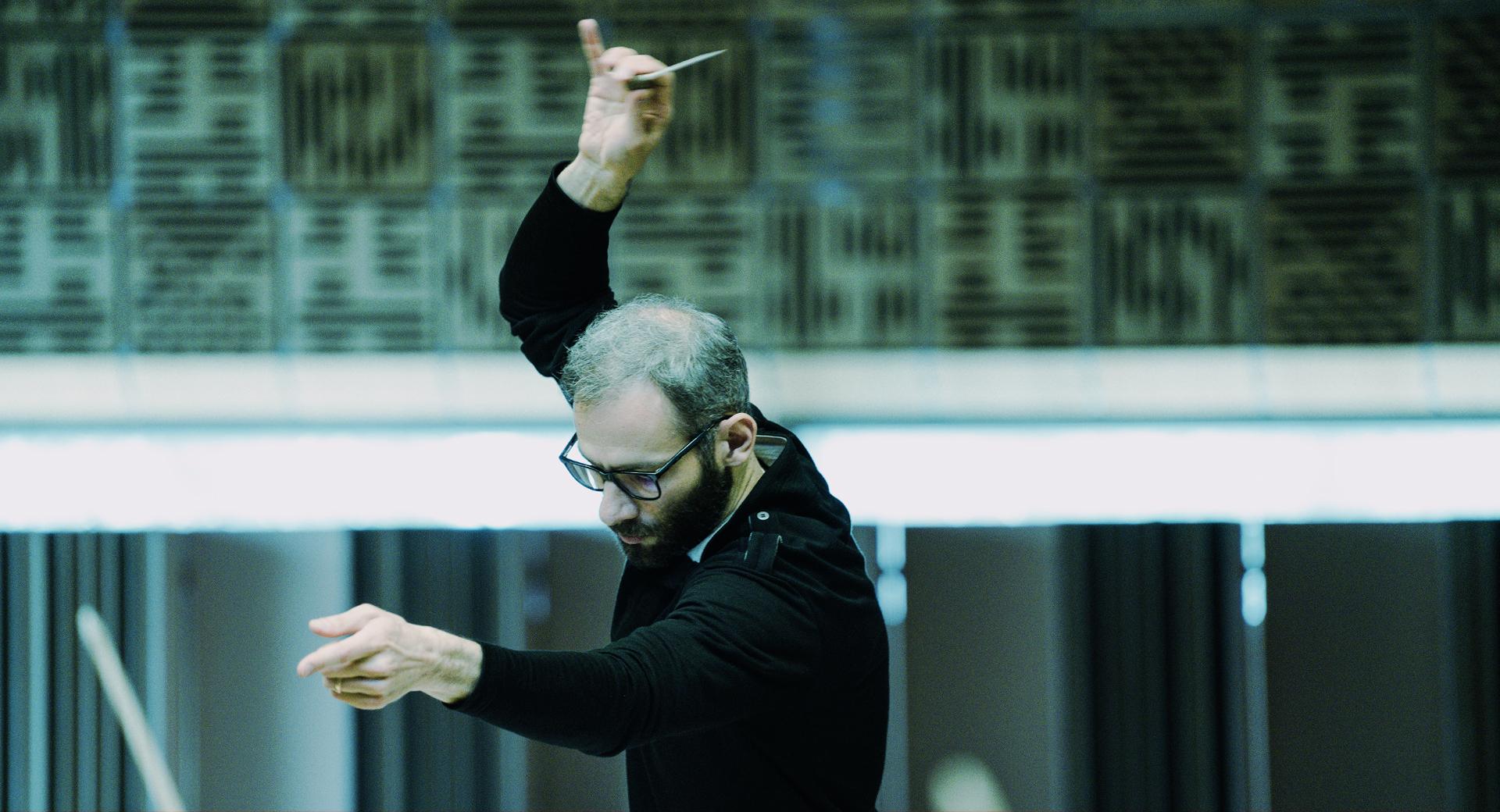Silent Earth
One of the most urgent issues of our time, the climate crisis, is the topic of Karin Rehnqvist’s Silent Earth for choir and orchestra with texts by Kerstin Perski. Rehnqvist and Perski express the dramatic climate change that threatens the Earth in three emotional movements: Silent Earth; We, Who Once Were; The Burning Earth. Silent Earth was first performed in Amsterdam in January 2022, this is the first performance in Sweden. The concert opens with Tchaikovsky’s musically shimmering Hymn of the Cherubim from the composer’s Liturgy of Saint John Chrysostomos. The concert concludes with Sergei Rachmaninov’s evocative second symphony. The Russian-Finnish conductor Dima Slobodeniouk, musical director of Orquesta Sinfónica de Galicia, conducts the Swedish Radio Symphony Orchestra and the Swedish Radio Choir.
This production is part of one or more concert series.




